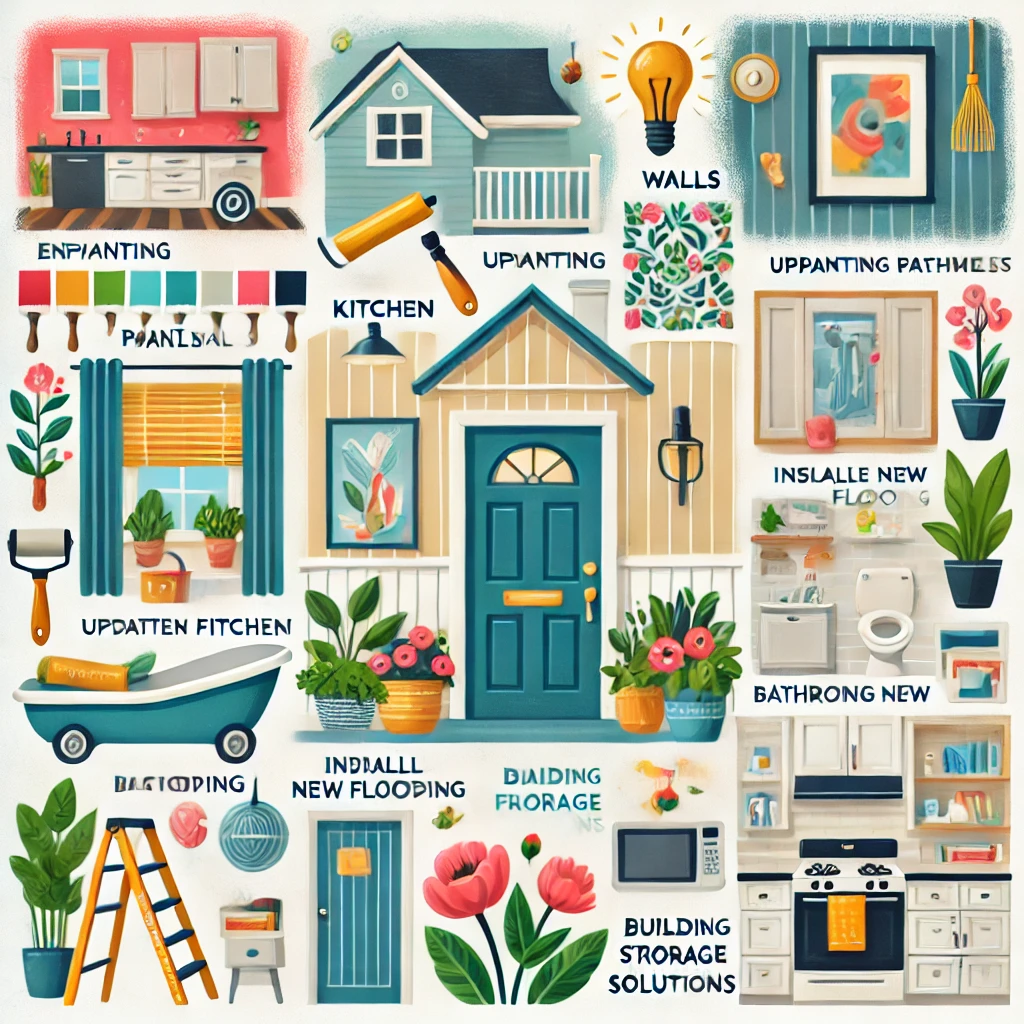Introduction
Creating a sustainable home is not just beneficial for the environment; it can also lead to significant savings on utility bills and create a healthier living space. Whether you are building a new home or renovating an existing one, there are numerous ways to make your home more eco-friendly. This guide will walk you through some key strategies to achieve a sustainable home.
1. Install Solar Panels
Solar panels are one of the most effective ways to reduce your carbon footprint. By harnessing the power of the sun, you can generate your own electricity and reduce reliance on fossil fuels. While the initial investment can be high, government incentives and long-term savings make solar panels a worthwhile addition.
2. Use Energy-Efficient Windows
Energy-efficient windows can significantly reduce heat loss in the winter and keep your home cooler in the summer. Look for windows with double glazing and low-emissivity (Low-E) coatings to maximize energy savings.
3. Implement a Rainwater Harvesting System
A rainwater harvesting system collects and stores rainwater for use in irrigation, flushing toilets, and even washing clothes. This reduces your dependence on municipal water supplies and helps conserve this precious resource.
4. Plant a Native Garden
A garden with native plants requires less water and maintenance than traditional lawns. Native plants are adapted to the local climate and soil, making them more resilient to drought and pests. Additionally, they provide essential habitats for local wildlife.
5. Incorporate a Composting Area
Composting is an excellent way to reduce household waste and create nutrient-rich soil for your garden. By composting organic waste like food scraps and yard clippings, you can divert waste from landfills and enhance your garden’s health.
6. Opt for Sustainable Building Materials
When constructing or renovating your home, choose sustainable building materials. Reclaimed wood, bamboo, and recycled metal are all excellent options that reduce the environmental impact of construction.
7. Enhance Insulation
Proper insulation is crucial for maintaining a consistent indoor temperature and reducing energy consumption. Insulate your walls, roof, and floors with eco-friendly materials to improve energy efficiency.
8. Install Energy-Efficient Appliances
Energy-efficient appliances use less electricity and water than conventional models. Look for appliances with the ENERGY STAR label to ensure they meet high energy efficiency standards.
9. Use Low-VOC Paints
Volatile organic compounds (VOCs) found in many paints can negatively impact indoor air quality and health. Opt for low-VOC or zero-VOC paints to create a healthier living environment.
10. Embrace Smart Home Technology
Smart home technology can help you monitor and reduce energy usage. Install smart thermostats, lighting systems, and water-saving devices to automate and optimize your home’s energy consumption.
Conclusion
Creating a sustainable home is a journey that involves making mindful choices and investing in eco-friendly solutions. By implementing these strategies, you can reduce your environmental impact, save money, and enjoy a healthier living space. Start small and gradually incorporate these changes to make your home more sustainable.
Embark on the journey towards sustainability and transform your home into an eco-friendly haven.



